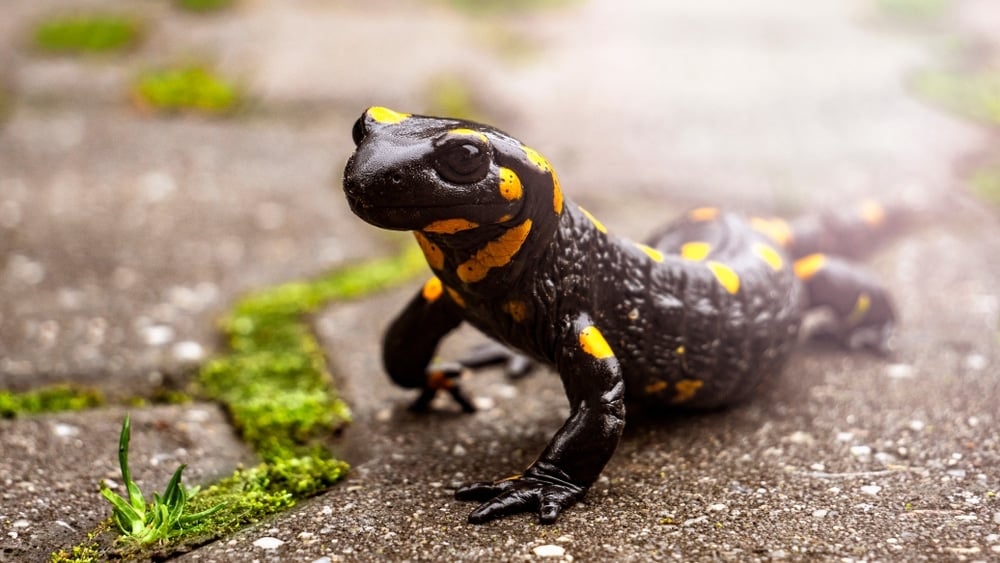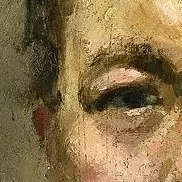Jackson Pollock (1912 - 1956)
1947
Oil, aluminum, alkyd enamel paint with sand, pebbles, fibers and broken wooden sticks on canvas
114.6 x 221.3 cm
Alchemy is one of Jackson Pollock’s earliest poured paintings, executed in the revolutionary technique that constituted his most significant contribution to twentieth-century art. After long deliberation before the empty canvas, he used his entire body in a picture-making process that can be described as drawing in paint. By pouring streams of commercial paint onto the canvas from a can with the aid of a stick, Pollock made obsolete the conventions and tools of traditional easel painting. Surrealist notions of chance and automatism are given full expression in Pollock’s classic poured paintings, in which line no longer serves to describe shape or enclose form, but exists as an autonomous event, charting the movements of the artist’s body. As the line thins and thickens it speeds and slows, its appearance modified by chance behavior of the medium such as bleeding, pooling, or blistering.
When Alchemy is viewed from a distance, its large scale and even emphasis encourage the viewer to experience the painting as an environment. The textured surface is like a wall on which primitive signs are inscribed with white pigment squeezed directly from the tube. Interpretations of these markings have frequently relied on the title Alchemy; however, this was assigned not by Pollock, but by Ralph Manheim and his wife, neighbors of the Pollocks in East Hampton.
Text is from Guggenheim Collection website
While this is a gorgeously pretentious description, I still can’t get myself to like the style.
Not all art is for everyone I suppose . Personally I like abstract expressionism.
More like Jackson Poor-smuck, this looks like someone spilled paint!
I’ve always liked old Jack the Dripper from the first time I ever saw his work when my elementary school teacher showed me black and white pictures of his art from one of her art books. He’s definitely not the best human being but I’ve always really responded to his art.


